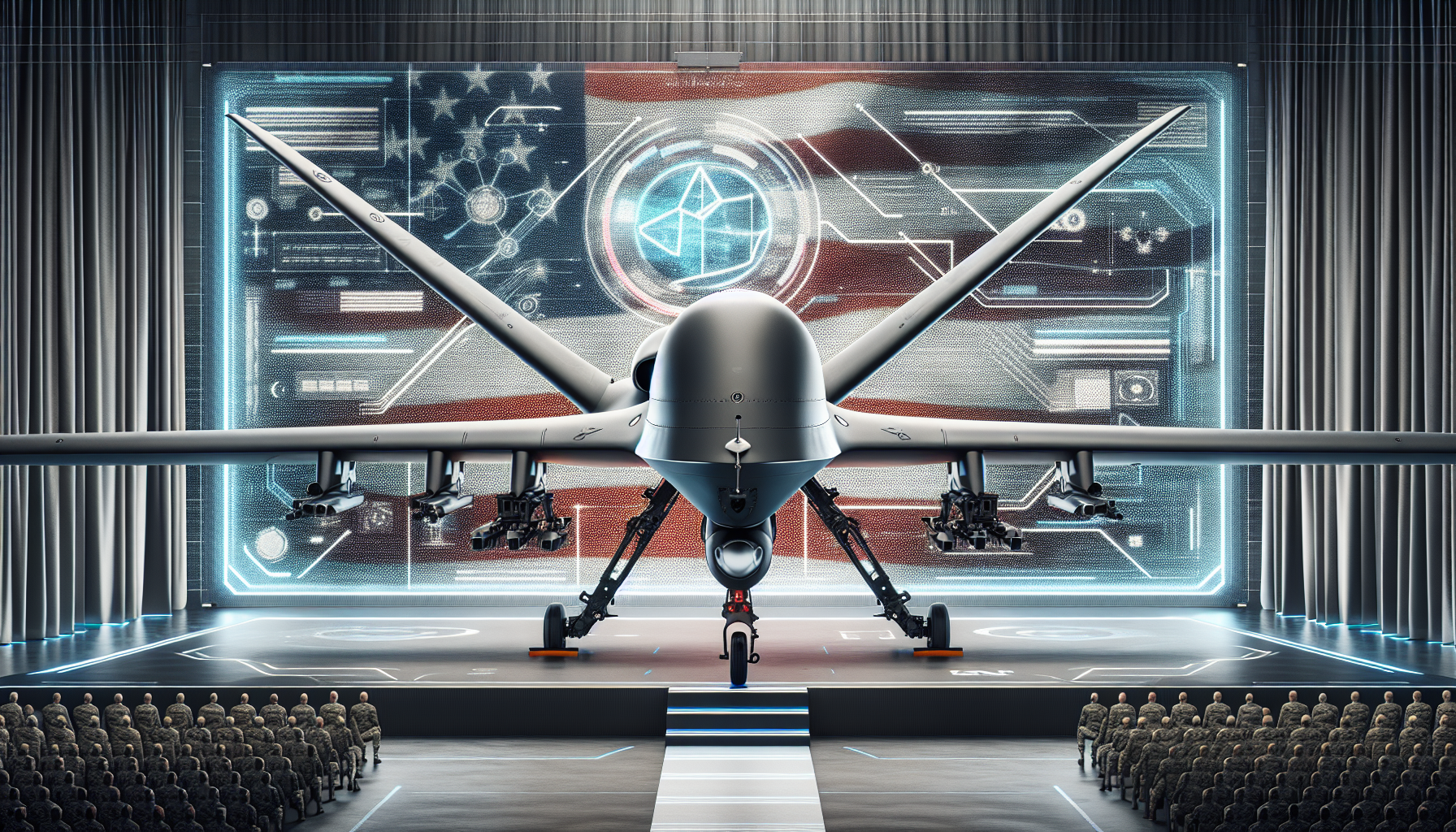Exploring the Jiu Tian: China's New Heavyweight Jet Drone and Its Potential as a Swarm Mothership
Introduction
China is making significant strides in unmanned aerial technology, and the recent unveiling of the Jiu Tian drone at the Zhuhai Airshow highlights its ambitions in this area. This new heavyweight jet drone, capable of carrying a remarkable 10 tons, is not just a testament to Chinese engineering prowess but also signifies a shift towards advanced military capabilities. In this blog post, we’ll delve into the features of the Jiu Tian, its design insights, and its implications for military strategies, particularly the concept of drone swarms.
The Jiu Tian Design Overview
The Jiu Tian, meaning "High Sky" in Chinese, is a large, jet-powered armed drone showcasing several innovative features:
-
Configuration and Power: The drone is powered by a single jet engine mounted on its central fuselage, enabling it to achieve high speeds and endurance crucial for military operations.
-
Wing Structure: With a distinctive high main wing design and small winglets, the Jiu Tian exhibits an aerodynamic profile, reminiscent of both the A-10 Warthog and the OV-10 Bronco attack aircraft.
-
Payload Capabilities: At the heart of its design lies a modular payload section, which is set up to launch smaller uncrewed aerial systems (UAS), effectively positioning the Jiu Tian as a potential swarm mothership.
Swarm Technology: The Future of Drone Warfare
The increasing importance of drone swarms in modern warfare cannot be understated. The ability to deploy multiple drones simultaneously can:
-
Diversify Missions: Each drone in a swarm can carry out different roles – from surveillance to electronic warfare and even kinetic strikes, providing a versatile tactical advantage.
-
Overwhelm Defenses: A swarm can confuse enemy defenses, making it challenging for adversaries to respond effectively to a coordinated attack.
-
Enhance Tactical Flexibility: By launching smaller drones that can be networked together, the Jiu Tian could operate in diverse environments, from open seas to urban landscapes.
The Strategic Implications of the Jiu Tian
China’s advancements in drone technology, particularly with the Jiu Tian, signal a strategic shift in military capabilities. The increased ability to coordinate drone operations could impact geostrategic stability, especially in conflict-prone regions:
-
Potential Military Applications: The Jiu Tian can serve various roles within the People’s Liberation Army (PLA) including long-range reconnaissance, strike missions, and real-time intelligence-gathering, especially over contested areas like the South China Sea.
-
Focus on Anti-Access/Area Denial (A2/AD) Strategies: The deployment of swarming drones from the Jiu Tian could enhance A2/AD capabilities, posing challenges to opposing forces attempting to penetrate contested regions.
Conclusion
The introduction of the Jiu Tian highlights the exciting, yet concerning, advances in drone warfare technology. As countries, particularly China, invest more in these capabilities, the dynamics of military engagement are poised to change dramatically. Understanding these developments is crucial for defense analysts, policymakers, and military strategists worldwide. With the potential for swarming technology to redefine aerial combat, keeping an eye on advancements like the Jiu Tian is essential for anticipating future defense needs.
By staying informed about innovations in drone technology and military strategy, readers can gain insights into the evolving nature of global security. Are you curious about how other countries are responding to such advancements? Explore more in our latest analyses!
